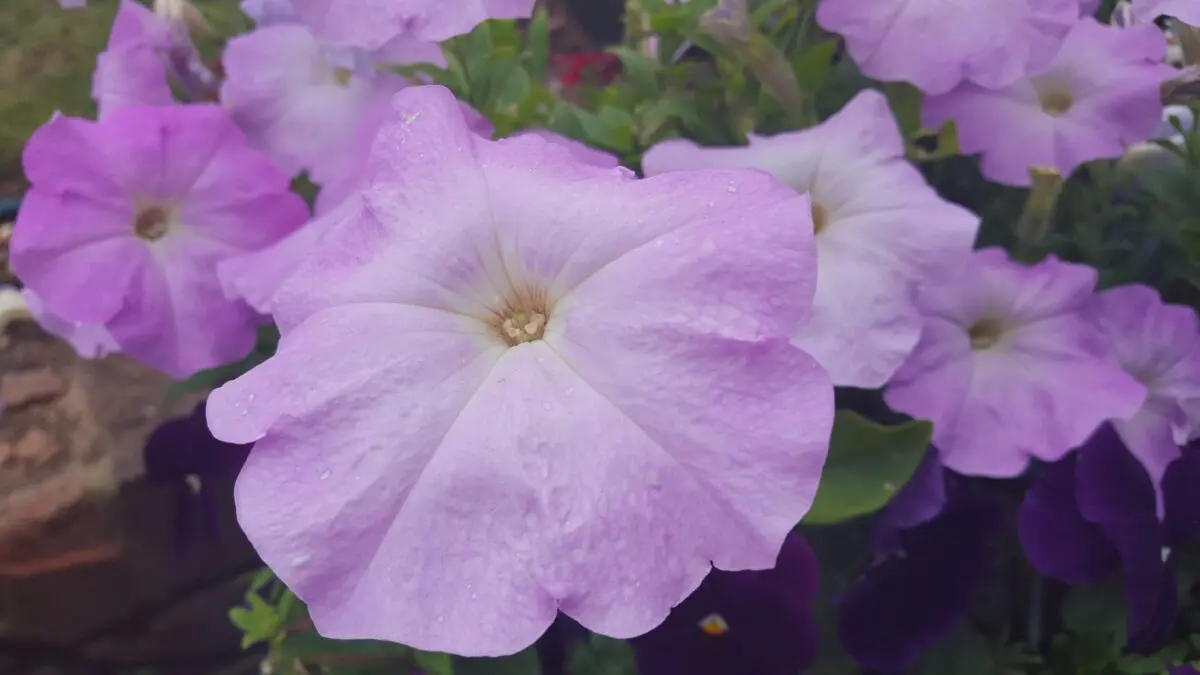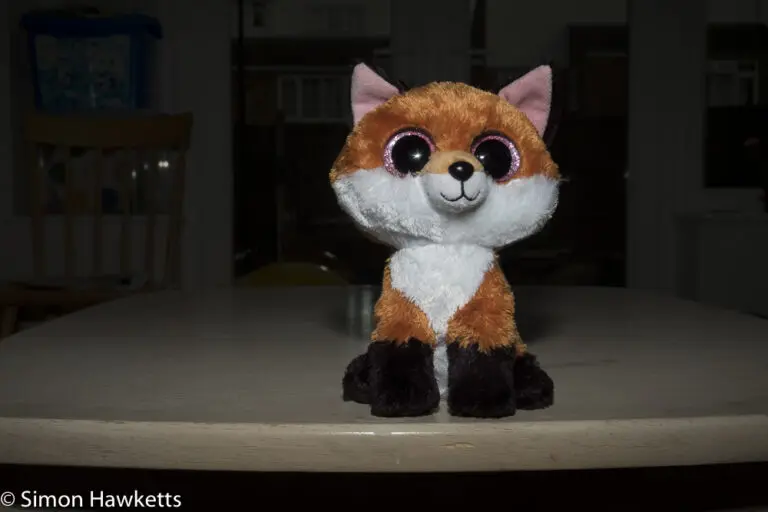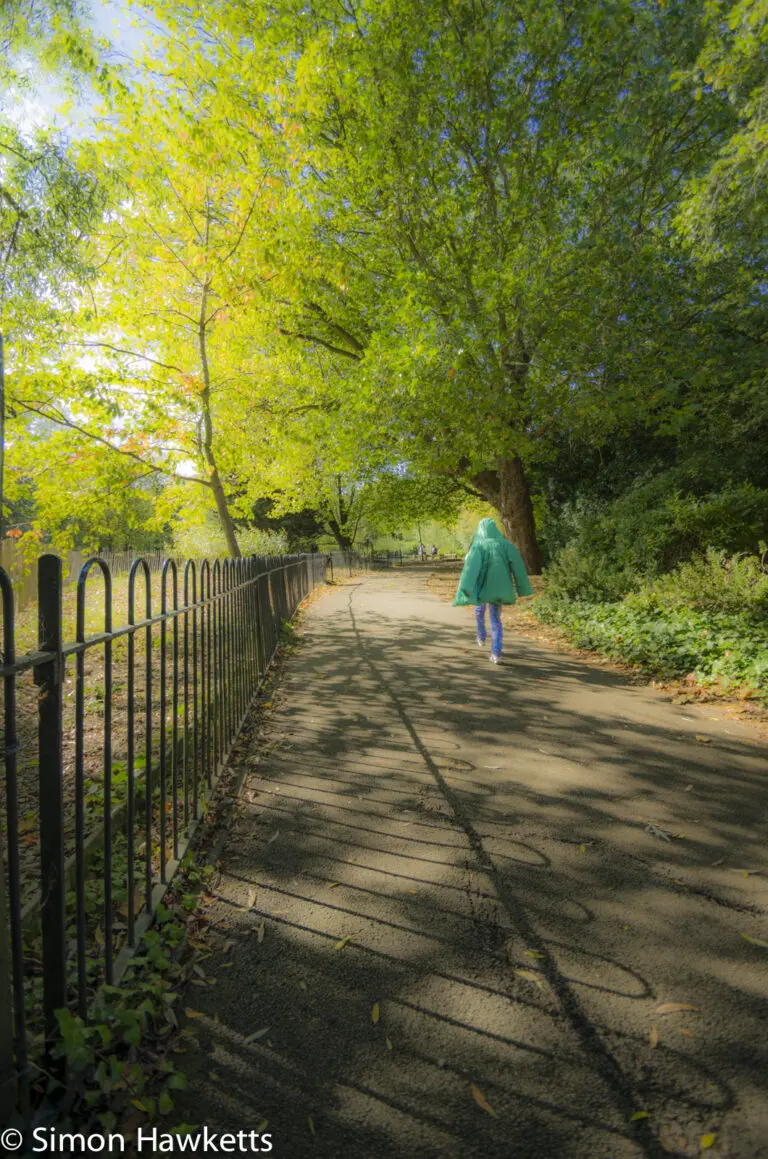Galaxy S6 sample pictures
I’ve owned my Galaxy Note 2 for about 4 years now and have generally been very happy with the performance and features it offers, but over the last few months it has started to suffer with the normal mobile phone problem of getting slower and slower to do anything. So this week I did an upgrade and got myself a Galaxy S6 as a replacement.
Obviously, being a photographer one of the most important aspects of a phone to me is the performance of the camera, so this morning I tried a few shots as I walked about to see how it performs. The gallery below show these pictures, along with a few I’ve taken over the last couple of days about the house and garden.
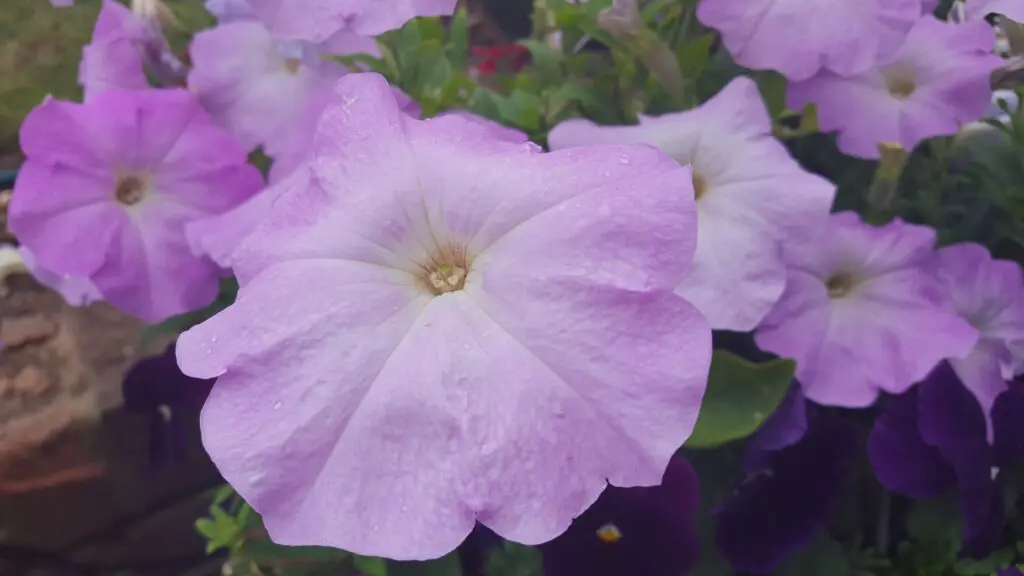
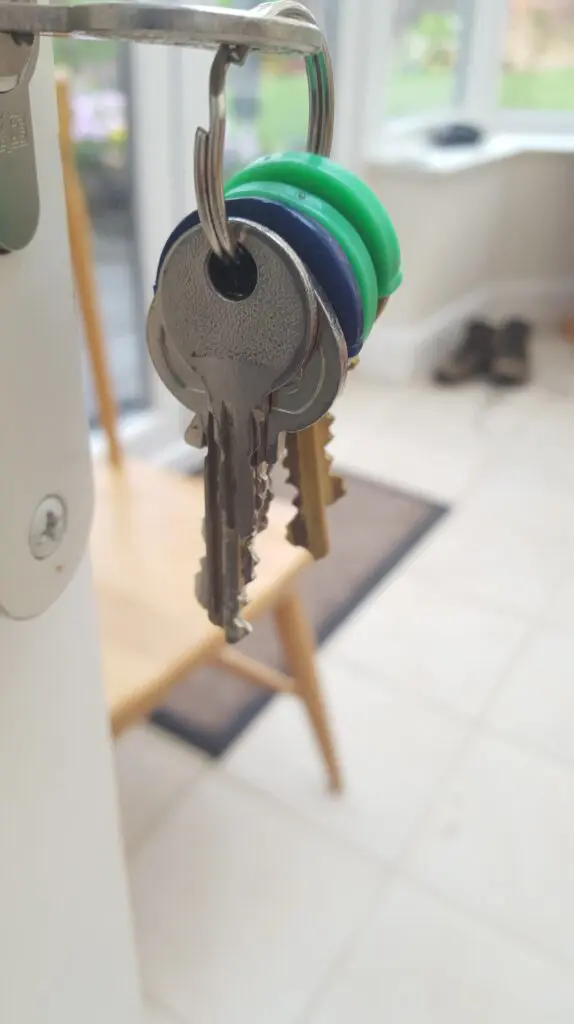
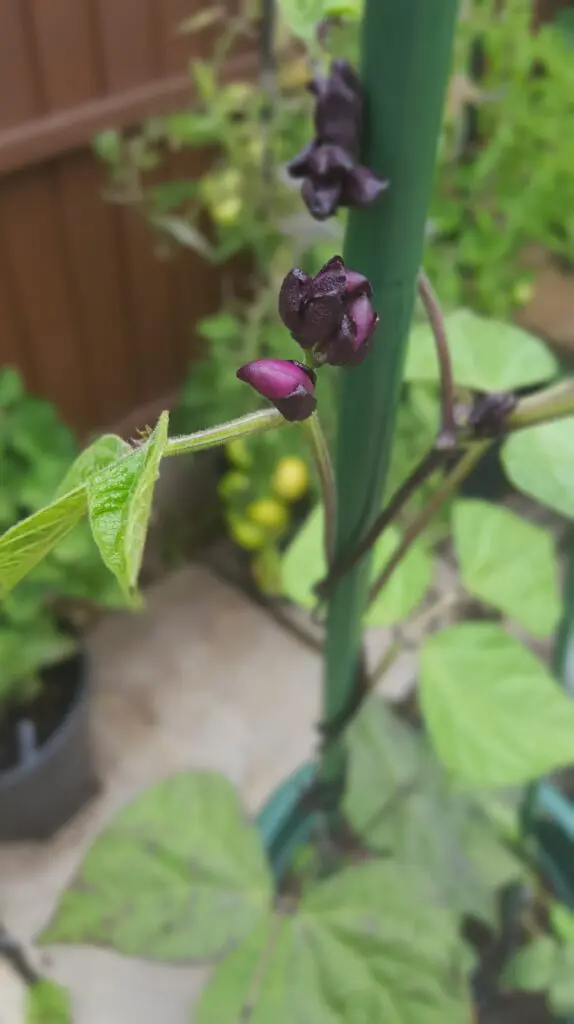
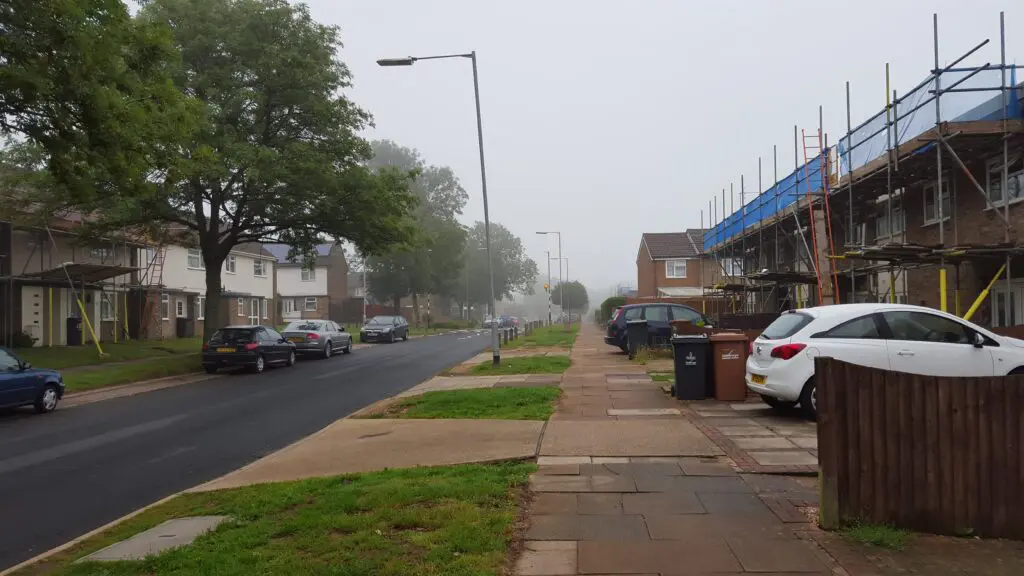
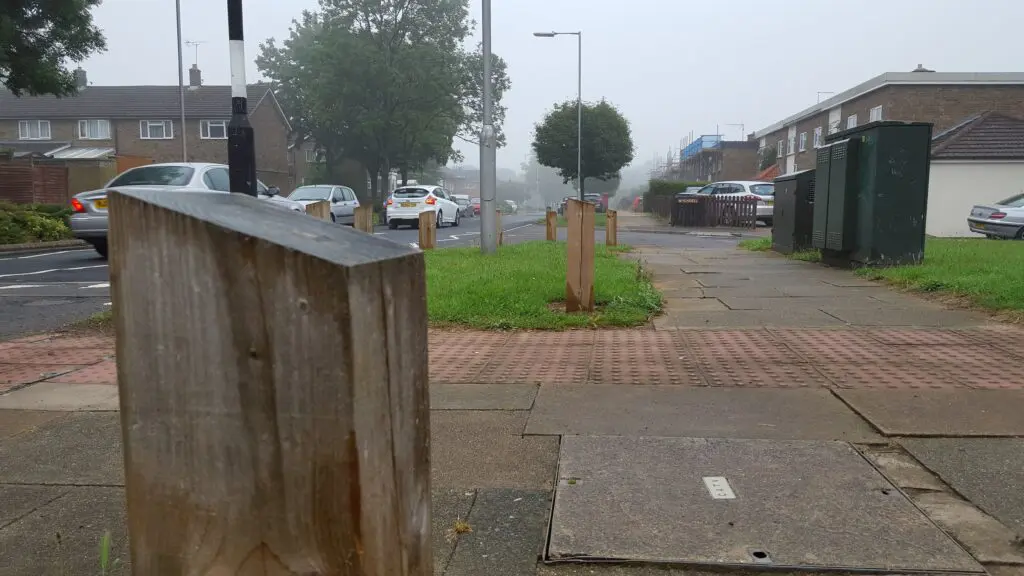
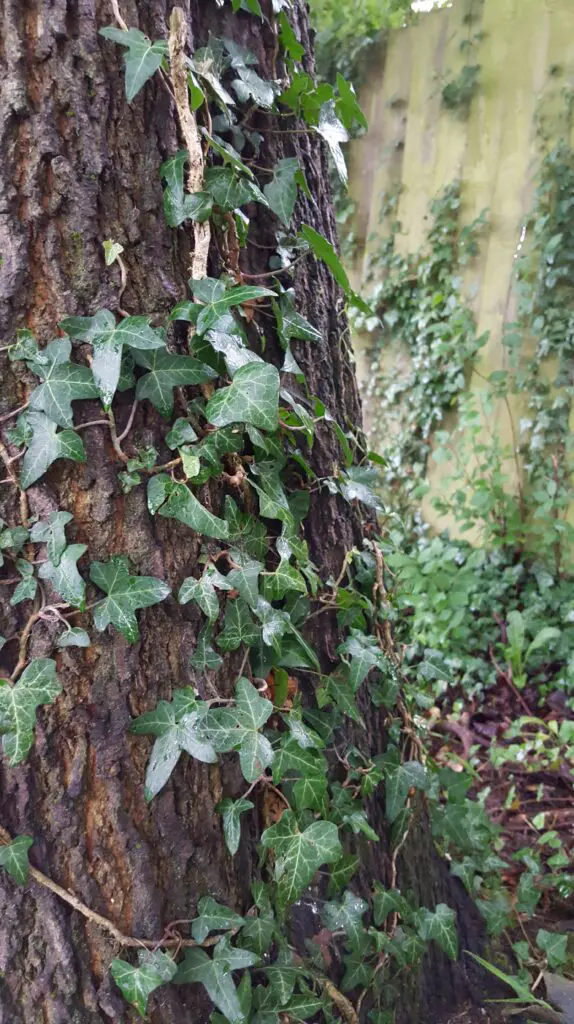
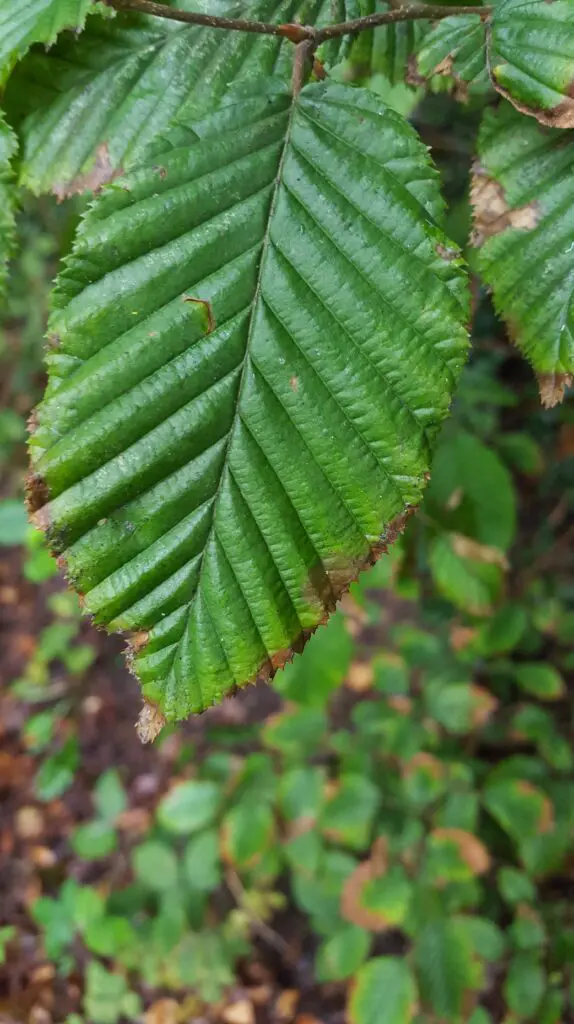
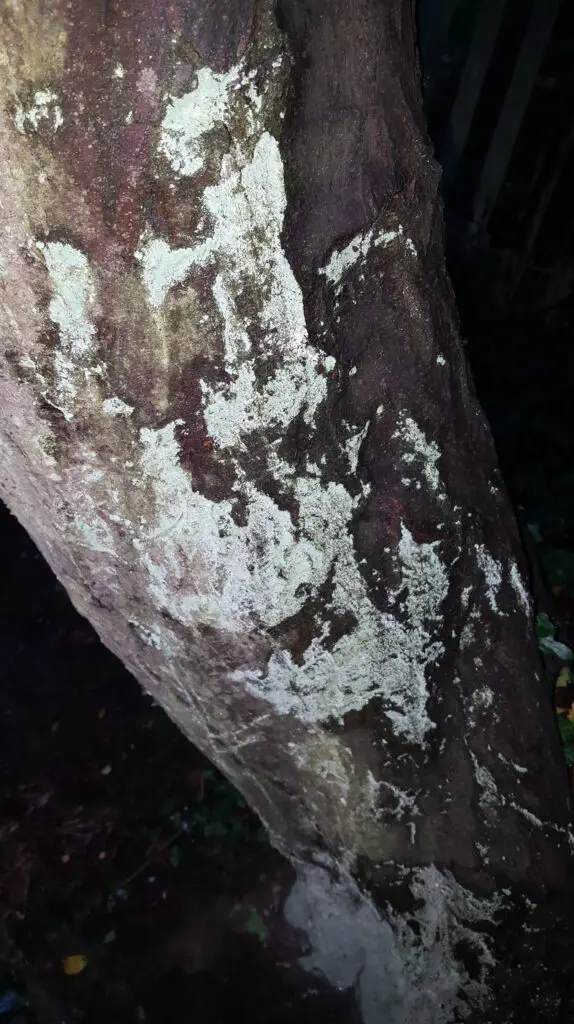
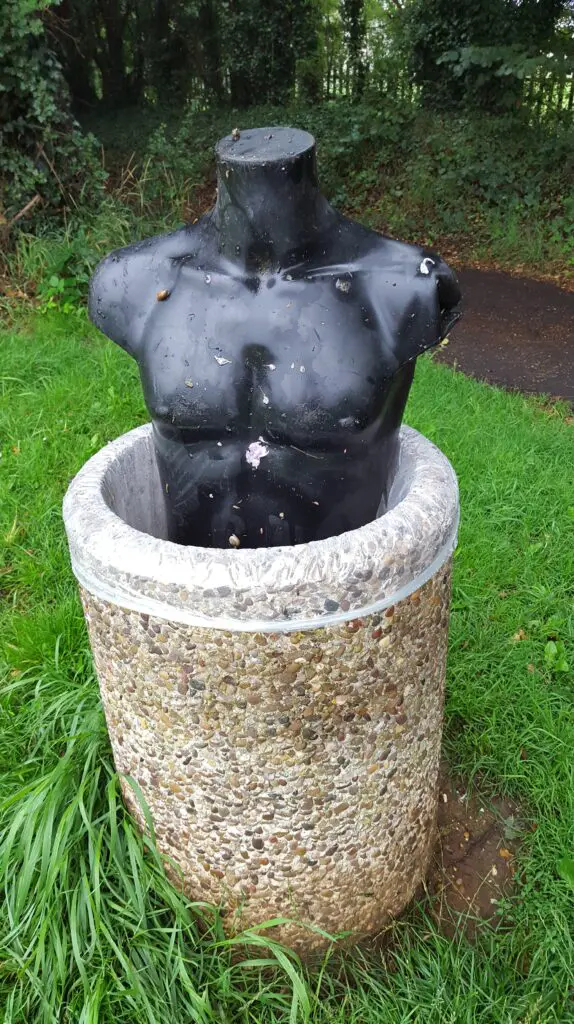
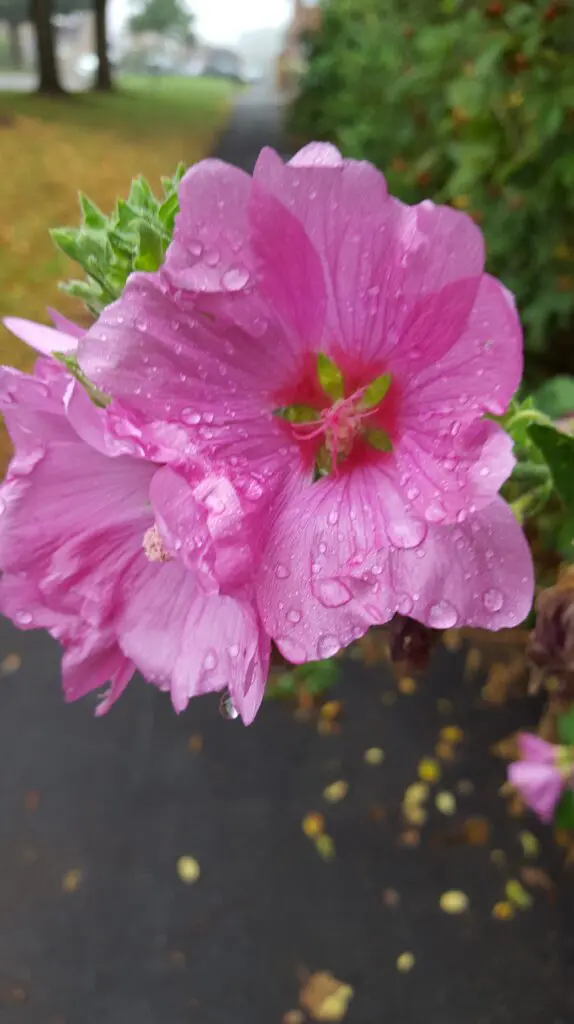
All these pictures are straight from the phone with no processing of any sort in external software and no filters applied. The pictures taken in the garden and conservatory at home (the first three above) were taken in reasonable light, but the rest were in quite dull, misty conditions. The two marked as being in poor light were in the shade under trees and down an overgrown cycle path on the same misty day so they were taken in really low light.
If you click on any of the pictures above you get a bigger image but I would recommend then looking for the link called ‘view full size’ – the images are not at all bad considering the size of the sensor.
As with all mobile phone cameras they are made to be used as a snap-shot camera and for posting pictures to social networks, and this one is no different, but under the skin there are also some nice features which make it quite useful and if specs are anything to go by the camera should be quite good.
For a start there is in-built stabilisation which compensates for hand shake and movement and judging by the pictures above it seems quite effective – some of the shots were taken at a very low shutter speed (1/10 sec) and yet show remarkably little shake. The sensor is a 16M pixel unit, which is not only enough for most uses, it’s probably too much for such a small sensor because in theory it should have a detrimental effect on noise, although the low light shots above don’t show much noise.
There is an hdr option which I had set to auto for these pictures, and the camera hardware and android o/s are capable of saving RAW shots although the camera app supplied with the phone doesn’t yet support this. Hopefully that is something which will be amended in a future update because it’s something I would find particularly useful.
The aperture is quoted as being f/1.9 and this seems to be a fixed value, certainly all the pictures above are shot at f/1.9. This means the exposure is set using just the shutter speed and the iso, but the lack of noise in the images above suggest the algorithm being used is pretty good at keeping the iso low until it needs to be raised. I’ve seen advertising which suggests the f/1.9 lens will lead to more creative photography, and suggestions of nice portraits with out of focus backgrounds, but of course the sensor is so small that unless you are very close to the subject most of the picture will be in-focus. To compensate for this there is an option within the camera to add background defocus to shots, and I’ve included a sample with this ‘selective focus’ effect enabled.
One of the other quite nice features is the ability to select a point in the picture to apply an af/ae lock to. Normally you tap on the screen to set the focus point, but if you long press on a point it becomes an ae/af lock point. In fact, if you then tap again on the same point and drag it, you can separate the af and the ae points so the focus can be locked on one point and the exposure locked on another – nice.
All in all the S6 is a much better camera than the unit in my Note 2. I wouldn’t rely on it when I wanted to take any important pictures but for the purpose it is intended – as a replacement for a point n shoot compact camera and to post family pictures to facebook etc it is fine. It’s easy to see why the compact camera market has all but disappeared when phones are this good.

